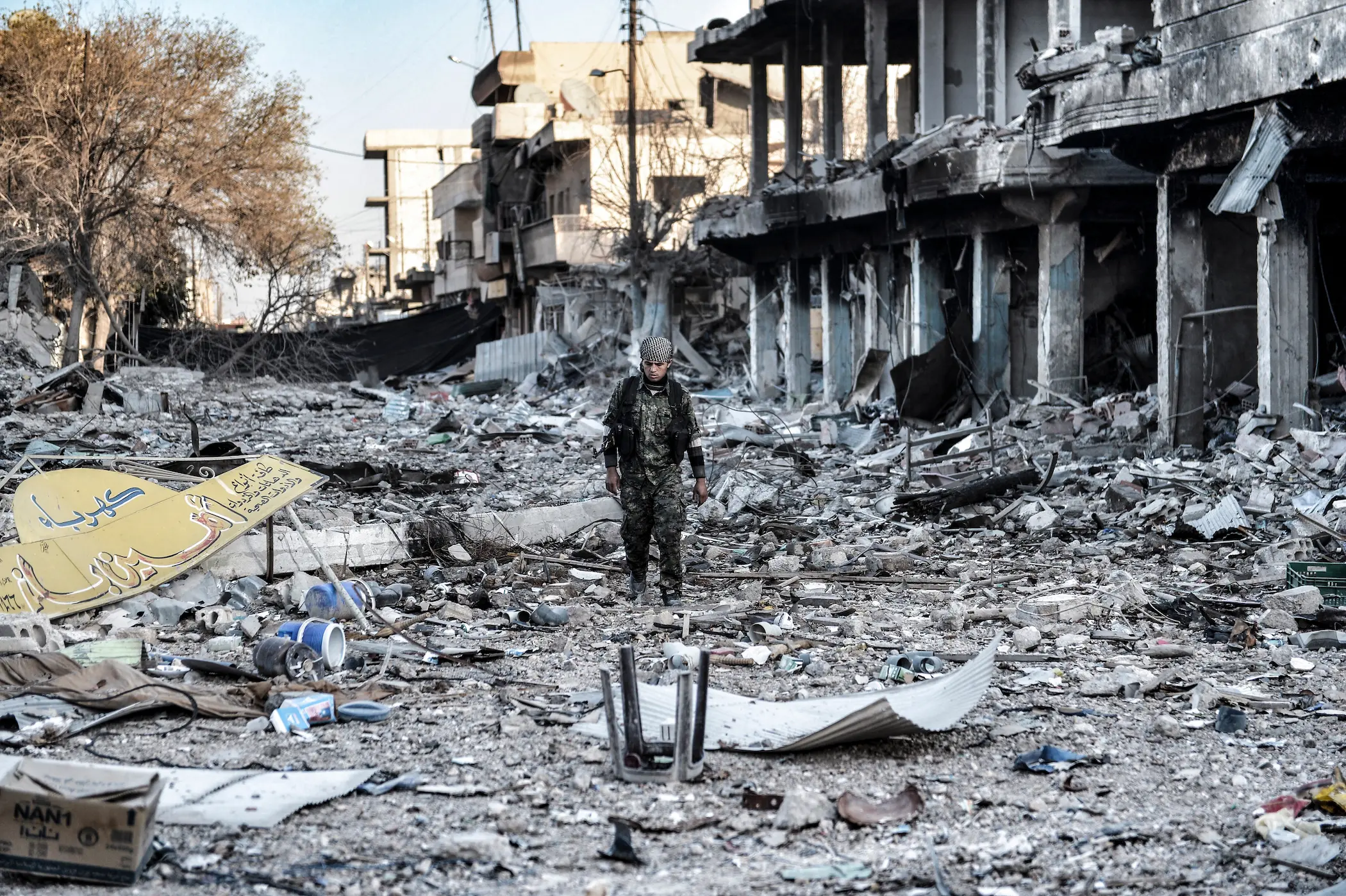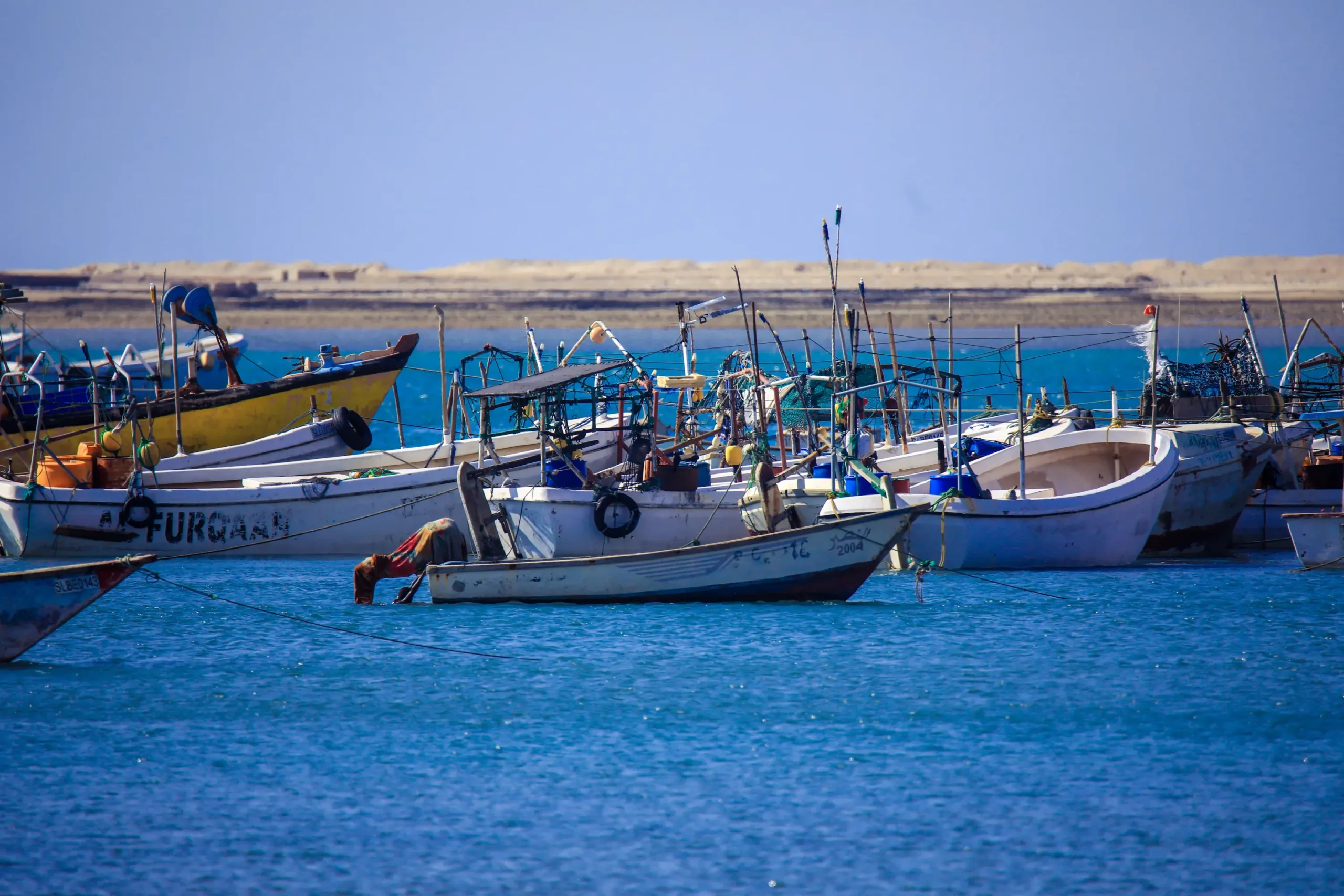A humanitarian crisis is unfolding in Somalia after flash floods have displaced over 200,000 people, exacerbating the country’s ongoing struggle with mass starvation, water scarcity and terrorism. For over a decade, jihadi organisation al-Shabaab has carried out attacks and terrorised civilians, both in Somalia and neighbouring countries including Kenya and Ethiopia, prompting extensive counterterrorism offensives by the Somali government with support from numerous international actors including the US, UK, EU, Eritrea, and Turkey. Not surprisingly, the US holds one of the largest shares in security assistance (and peacekeeping operations) funding to Somalia, amounting to around $3 billion in the last decade. Where insurgency goes, the American military follows, but to what effect? If there were ever doubts about the long-term effectiveness of American military intervention, the Taliban’s takeover in Afghanistan in 2021 certainly solidified their validity. Though the intervention in Somalia can be considered low profile relative to other American adventures, that might be a cause for more concern. In the wake of recent developments, the question of if Somalia will be the next Afghanistan emerges once again.
A New Approach to Intervention
Since at least 2018, the US has engaged in significant military actions against suspected terrorists in multiple African countries including Somalia, Kenya, Tunisia and Niger. Many of these operations represent a new approach to American military intervention which is seemingly limited to “advising and assisting” other militaries but in reality, also involves special missions that are both planned and controlled by US forces. The classified programs, carried out under a legal authority known as Section 127e, have been described by several military sources as having “grey lines between what are African operations with U.S. assistance, and what are U.S. operations with African assistance.” Essentially, both types of operations are taking place and this means that for the most part, African governments are consenting to the intervention. It also means that in many cases, American commando teams are using African military units as surrogates for their own operations which aim to protect American citizens or embassies.
The issue with this arrangement is first, that differentiation between the different types of operations becomes more difficult and thus accountability for the long-term outcomes is harder to place. Secondly, there is a clear imbalance of power underpinning the arrangement which arguably undermines the sovereignty of the states where the intervention takes place and contradicts one of the intervention’s objectives which is to strengthen Somali governance. However, there is also the argument that strengthening governance requires an enabling environment which involves a certain level of stability – which in turn requires effective counterterrorism efforts.
Insurgency and Military Dependence Persist
In 2022, the Biden administration announced the return of US troops to Somalia, reversing Trump’s withdrawal in 2021, in response to al-Shabaab’s growing threat to the region. The US has since been working closely with the Somali government to weaken al-Shabaab and their support has helped achieve certain objectives. Their strategy in Somalia is threefold; providing military aid and training to the Somali National Army (SNA), disrupting al-Shabaab’s financial networks and providing support for the establishment of a stable government, effective and accountable institutions. According to the US ambassador to Somalia, Somali-led operations have cost al-Shabaab one-third of their territory. The government added that around 3000 militants were killed and over 3700 injured in the first phase of operations between August 2022 and January 2023. Meanwhile, according to al-Shabaab, this first phase was unsuccessful. The jihadi organisation also suggested that the operations were US rather than Somali-led; playing heavily into anti-American sentiments that characterises such organisations but also pointing to the same grey areas reported on previously by American military sources.
Although in the first phase Somali security forces did regain control of over 215 locations previously under al-Shabaab’s control, mostly in Hirshabelle and Galmudug states, they still failed to fully drive them out of both states. This brings up questions about the capacity of Somali forces to take on al-Shabaab and the extent of their reliance on American support.
There’s More to Stability than Military Force
Considering that the war against Al-Shabaab’s insurgency has persisted for over 15 years, the sustainability of US efforts to support the Somali government and military are questionable. While the Somali government welcomes US military intervention, and in fact wants more involvement, US forces are not geared towards holding territories that al-Shabaab have been expelled from; a weakness the SNA struggles with. Despite more than a decade of training from the US and African Union, the SNA is still unable to defend and hold territories. At the same time, some sources suggest that the government has been undermining the importance of clans, locals and states which were integral to the claimed success of the first phase offensive. Their participation in the second offensive appears to be low meanwhile al-Shabaab are making efforts to end alliances between the government forces and sub-clans such as the Hawadle sub-clan of the Hawiye clan, which is one of the most prominent in the region of Hiiraan.
What al-Shabaab is doing is reaching agreements and offering peace deals to sub-clans, who want to ensure their safety, within the villages it controls. This not only makes it more difficult for the government forces to establish footholds in those areas but also potentially fuels resentment at counter-insurgency operations that fail to engage with local clans and put communities at risk. While the government may have previously been able to rely on local frustration with al-Shabaab’s policies to mobilise clan support for offensives, it seems this approach is losing its effectiveness.
Meanwhile, internal divisions between the Somali elite and widespread corruption continue to weaken the government’s position and threaten long-term stability. The US’s role in strengthening governance is limited, if at all present. American officials are aware and have even publicly acknowledged the corruption in Somalia’s elections however they continue to approach the situation with the objective of eliminating any threats to US hegemony. Framed in this way, “national security” focuses on territory and neglects access to food, water, respect for civil liberties and other factors that contribute to overall stability. Like many other Islamist movements, part of al-Shabaab’s successful expansion is their ability to provide people with certain services that the Somali government cannot. Serious food insecurity, famine, water scarcity, drought and poverty in Somalia are exacerbating the current situation and if al-Shabab can secure funding to navigate and adapt to these crises they could overpower the government. Additionally, taking into account al-Shabaab’s transnational aims and ties to al-Qaeda, there is a chance that their gains could attract attention from other insurgent groups in the region looking to expand and collaborate or even possibly compete for power. This further complicates the situation and could provoke a more aggressive and destabilising response from the US.
How the conflict in Somalia will unfold has major consequences for security in the Horn of Africa and is therefore a critical issue for the African Union as well as international stakeholders. There should also be consideration for the fact that ATMIS’s mandate will end in 2024. Moreover, preparations for this are starting much sooner as the mission aims to withdraw 2000 soldiers by June 30th this year. While it has been said that this “will not impact security for key government installations and major population centres,” that depends entirely on a smooth takeover by the Somali forces which appears to be a challenging feat at the moment.
References
Pavey, Andy. “US Security Assistance to Somalia.” Stimson Center, April 5, 2023. https://www.stimson.org/2023/us-security-cooperation-with-somalia/#:~:text=Overall%2C%20U.S.%20security%20assistance%20to,aid%20in%20sub%2DSaharan%20Africa
Morgan, Wesley. “Behind the Secret U.S. War in Africa.” POLITICO, February 7, 2018. https://www.politico.com/story/2018/07/02/secret-war-africa-pentagon-664005
Macias, Amanda. “Biden Set to Redeploy U.S. Troops to Somalia, Reversing Trump Withdrawal.” CNBC, May 16, 2022. https://www.cnbc.com/2022/05/16/biden-set-to-redeploy-us-troops-to-somalia-reversing-trump-withdrawal.html
Maruf, Harun. “Al-Shabab Has Lost Third of Its Territory, US Ambassador Says.” VOA, March 29, 2023. https://www.voanews.com/a/al-shabab-has-lost-third-of-its-territory-us-ambassador-says/7026624.html
ACLED. “Somalia Situation Update: April 2023.” ACLED, April 21, 2023. https://acleddata.com/2023/04/21/somalia-situation-update-april-2023-counter-insurgency-operation-gains-regional-support-in-phase-two-as-al-shabaab-attacks-and-political-differences-persist/
Felbab-Brown, Vanda. “Somalia’s Challenges in 2023.” Brookings, January 27, 2023. https://www.brookings.edu/blog/order-from-chaos/2023/01/27/somalias-challenges-in-2023/
ACLED. “Somalia Situation Update: April 2023.” ACLED, April 21, 2023. https://acleddata.com/2023/04/21/somalia-situation-update-april-2023-counter-insurgency-operation-gains-regional-support-in-phase-two-as-al-shabaab-attacks-and-political-differences-persist/
Schmidt, Elizabeth. “Persistent Presence.” New Left Review, June 1, 2022. https://newleftreview.org/sidecar/posts/persistent-presence















Comments